When travelers arrive in Vietnam, they’re immediately drawn into a vibrant tapestry of street food, buzzing motorbikes, ancient temples, and lush rice fields. But beneath these picturesque scenes lies something far deeper — a living, breathing cultural identity shaped by thousands of years of tradition. To truly understand the Vietnamese people and way of life, one must immerse themselves in the rich and nuanced world of Vietnam cultural practices.
From ancestral worship to daily rituals, from architectural symbolism to social etiquette, Vietnam’s culture is not just observed — it is practiced. In this article, we invite you to take a deep dive into the most distinctive cultural practices that define Vietnamese society, values, and worldview.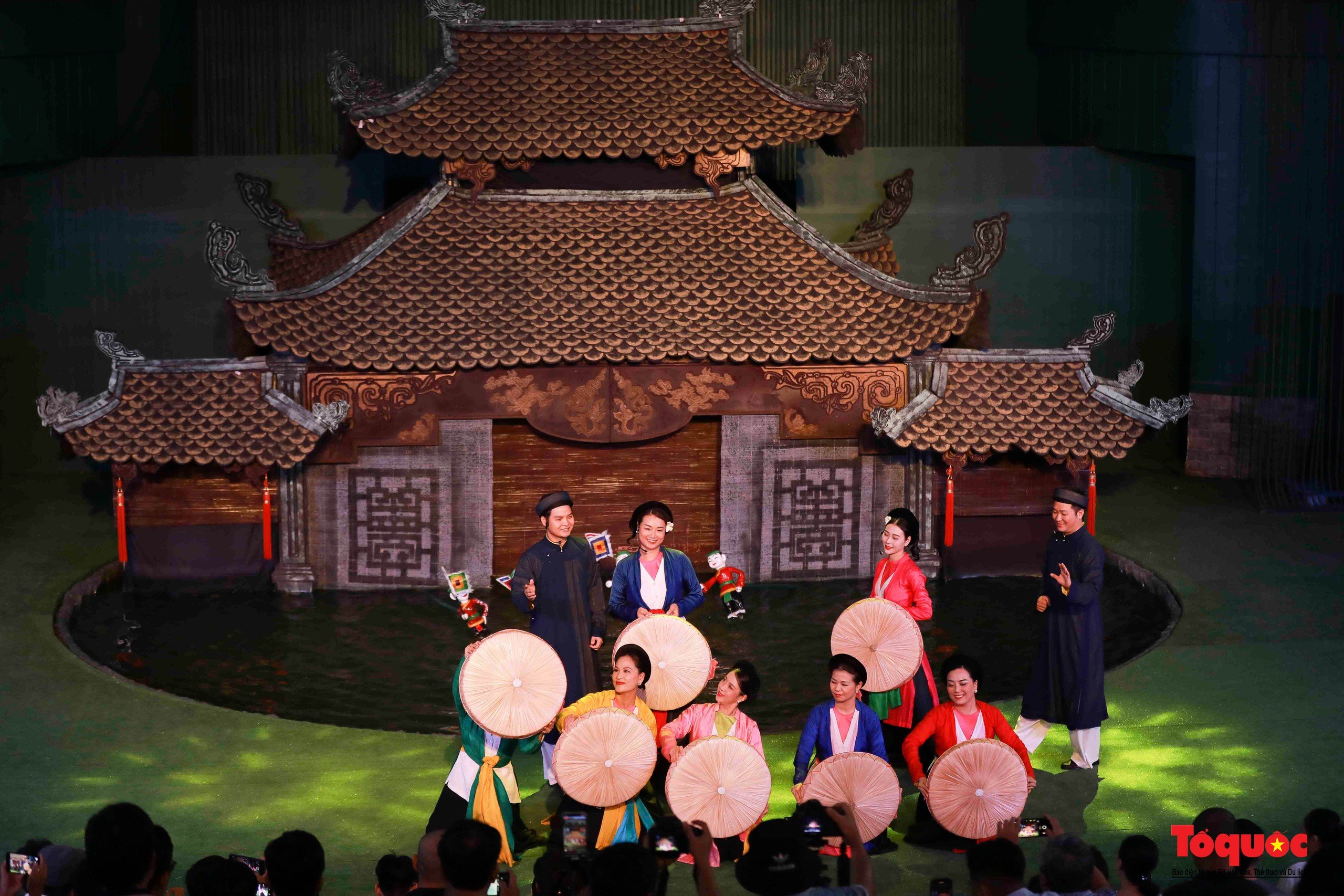
What Are Vietnam Cultural Practices?
Vietnam cultural practices refer to the daily and ceremonial customs, beliefs, behaviors, and rituals passed down through generations. These practices are deeply embedded in family life, spiritual traditions, and community dynamics, and reflect Vietnam’s hybrid heritage influenced by Confucianism, Buddhism, Taoism, indigenous beliefs, and colonial history.
Rather than being confined to festivals or religious spaces, cultural practices in Vietnam are interwoven into how people eat, greet, worship, build homes, and even mourn the dead. They are the building blocks of Vietnamese identity — dynamic, resilient, and deeply meaningful.
1. Philosophical Foundations of Vietnam Cultural Practices
1.1. The Triad of Heaven – Earth – Humanity (Thiên – Địa – Nhân)
This ancient Vietnamese worldview places human beings in harmony with nature and the cosmos. Life is perceived as a balance between Heaven (spiritual realm), Earth (natural world), and Humans (society). Cultural rituals are often designed to maintain or restore this balance.
1.2. Confucian Values
Many Vietnam cultural practices are rooted in Confucian ethics, emphasizing:
- Filial piety (respect for parents and ancestors)
- Loyalty and duty to one’s family and country
- Education and morality as pillars of a meaningful life
- Social hierarchy and harmony within relationships
These values shape not only interpersonal behavior but also national ceremonies, public festivals, and even the language structure.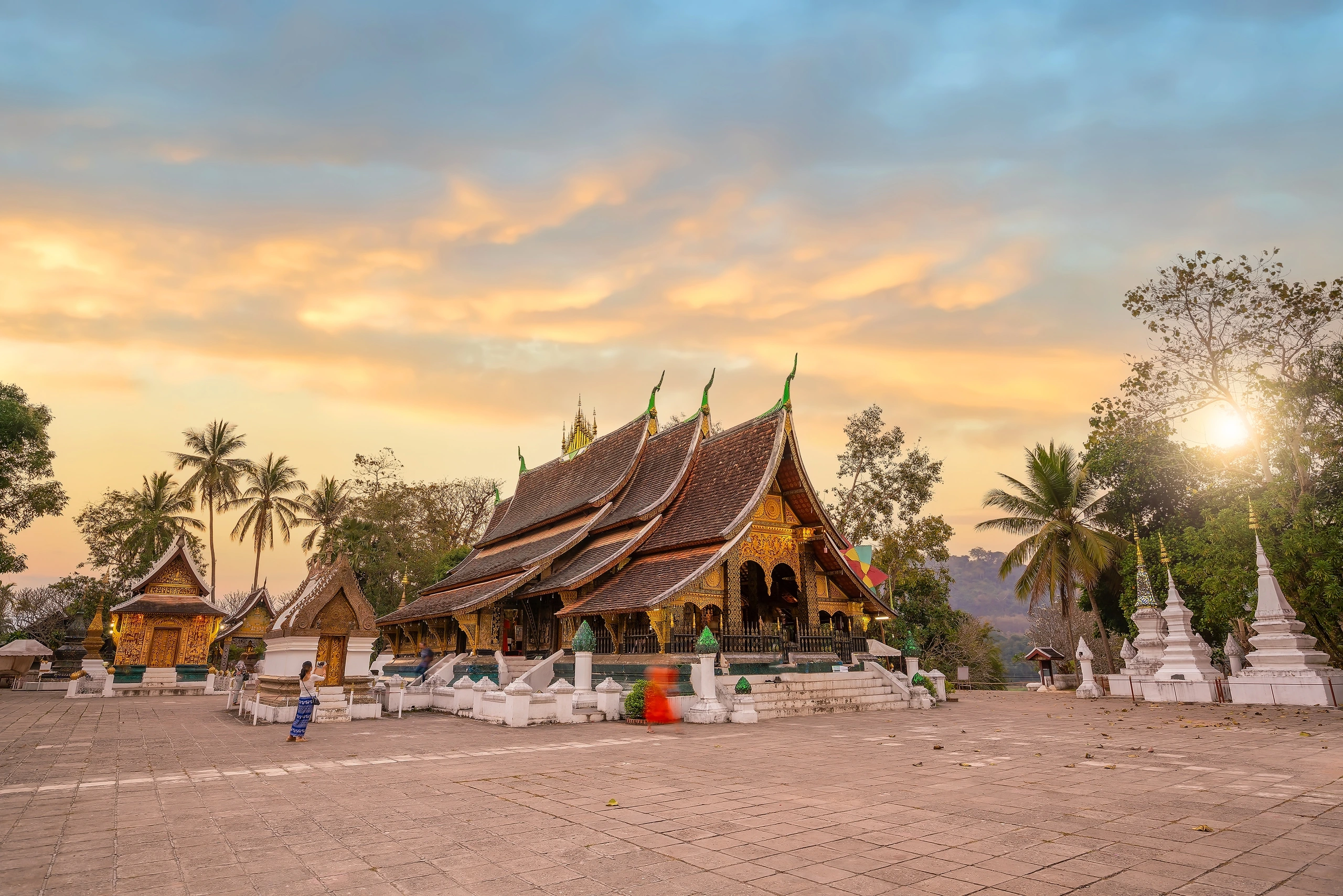
2. Ancestor Worship: The Core of Vietnamese Spiritual Life
Possibly the most important cultural practice in Vietnam is ancestor worship. Most Vietnamese families — regardless of religion — maintain an altar at home to honor deceased relatives.
How It’s Practiced:
- Offerings of food, incense, and symbolic money are made regularly
- Death anniversaries (Giỗ) are solemn and family-centered, celebrated like birthdays
- During Tết (Lunar New Year), families invite ancestors “home” with ritual offerings
- Tomb sweeping (Tảo Mộ) before major holidays keeps graves clean and spirits honored
Ancestor worship isn’t about mourning — it’s about presence, connection, and continuity between generations. It reflects the Vietnamese belief that the dead continue to influence and protect the living.
3. Celebrations and Ceremonial Life
Vietnam is home to a rich calendar of festivals and ceremonies that embody its cultural spirit.
3.1. Tết Nguyên Đán (Lunar New Year)
Tết is Vietnam’s most significant holiday, usually in late January or February. Preparations begin weeks in advance and include:
- Cleaning the house to remove bad luck
- Cooking traditional dishes like bánh chưng (sticky rice cake)
- Decorating with red and gold — symbols of luck
- Visiting ancestors’ graves and performing rituals
- Giving “lì xì” (lucky money) in red envelopes
Tết is both a family reunion and a spiritual renewal, deeply tied to Vietnamese identity.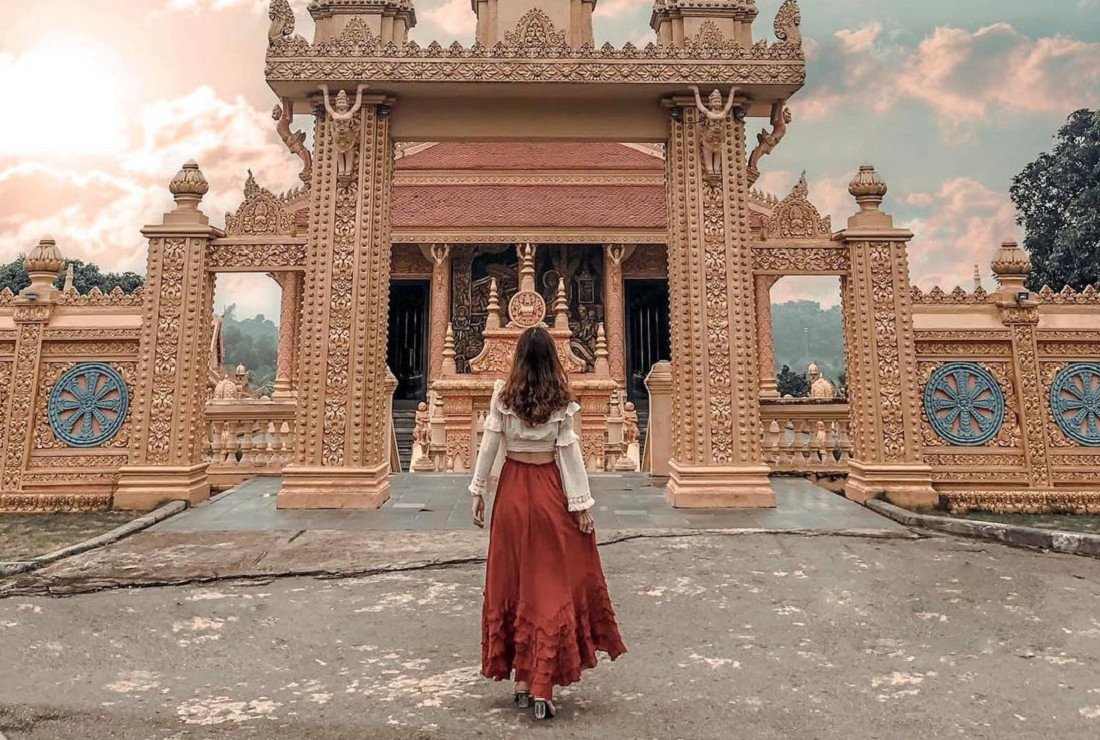
3.2. Mid-Autumn Festival (Tết Trung Thu)
Celebrated in September, this festival honors the moon and children. Streets glow with lantern parades, and kids enjoy mooncakes, dragon dances, and storytelling. It reflects Vietnam’s emphasis on family, harmony, and folklore.
3.3. Death Rituals and Mourning Practices
Funerals in Vietnam are deeply symbolic:
- White is worn instead of black
- Mourning can last up to three years
- Offerings are made every 7th and 49th day
- Buddhist chants and ancestral prayers guide the soul
The family’s grief is shared by the community, emphasizing collective memory and spiritual support.
4. Everyday Cultural Practices
Vietnamese culture is not only visible during festivals — it’s present in daily life:
4.1. Respect and Hierarchy
- Age and status are acknowledged in greetings, speech, and behavior
- Younger people address elders with proper titles and use honorific language
- “Dạ” and “ạ” express politeness and humility in conversations
4.2. Eating Customs
- Meals are communal — all dishes are shared from the center of the table
- No one begins eating before the eldest person
- Chopsticks should not be left sticking upright in a bowl (it resembles incense for the dead)
4.3. Hospitality and Gift-Giving
Vietnamese people are exceptionally hospitable. Guests are often offered tea, fruit, and sometimes even meals. When giving gifts:
- Use two hands
- Avoid black/white wrapping (symbols of mourning)
- Be modest when receiving — refusing a few times before accepting is polite
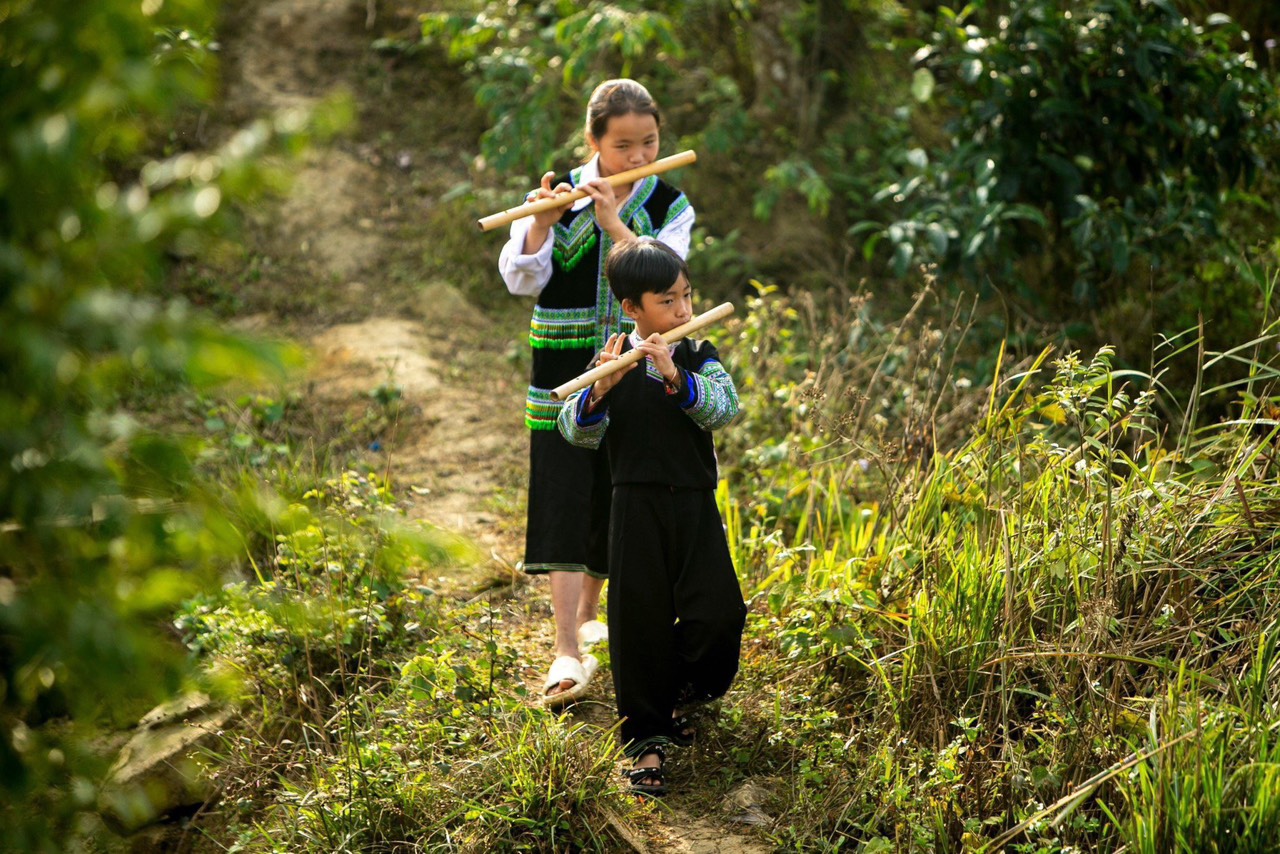
5. Spiritual Diversity and Folk Beliefs
Vietnam’s religious landscape is complex and inclusive. Cultural practices often combine Buddhism, Confucianism, Taoism, and animistic traditions.
5.1. Worship of the Mother Goddesses (Đạo Mẫu)
Unique to Vietnam, this belief system venerates female deities representing heaven, water, and earth. Its most recognizable ritual is Hầu Đồng — a trance performance with music, costumes, and storytelling, now recognized by UNESCO as Intangible Cultural Heritage.
5.2. Feng Shui in Architecture
Traditional homes and temples are built using feng shui principles:
- Front of the house should face water (prosperity)
- Back should have a mountain or wall (support)
- Items like turtle statues, lotus motifs, and double dragons are placed to attract good energy
Even Vietnam’s Imperial City of Hue was designed with cosmological alignment — a powerful example of cultural practice turned into architectural grandeur.
6. Symbolism in Vietnamese Culture
Symbols in Vietnam are not arbitrary — they tell stories and convey values:
- Dragon (Rồng) – power, protection, and prosperity
- Phoenix (Phượng) – virtue and peace
- Lotus flower – purity rising from hardship
- Bamboo – resilience and community spirit
These symbols appear in temples, clothing, architecture, and public monuments — all part of Vietnam cultural practices expressed visually.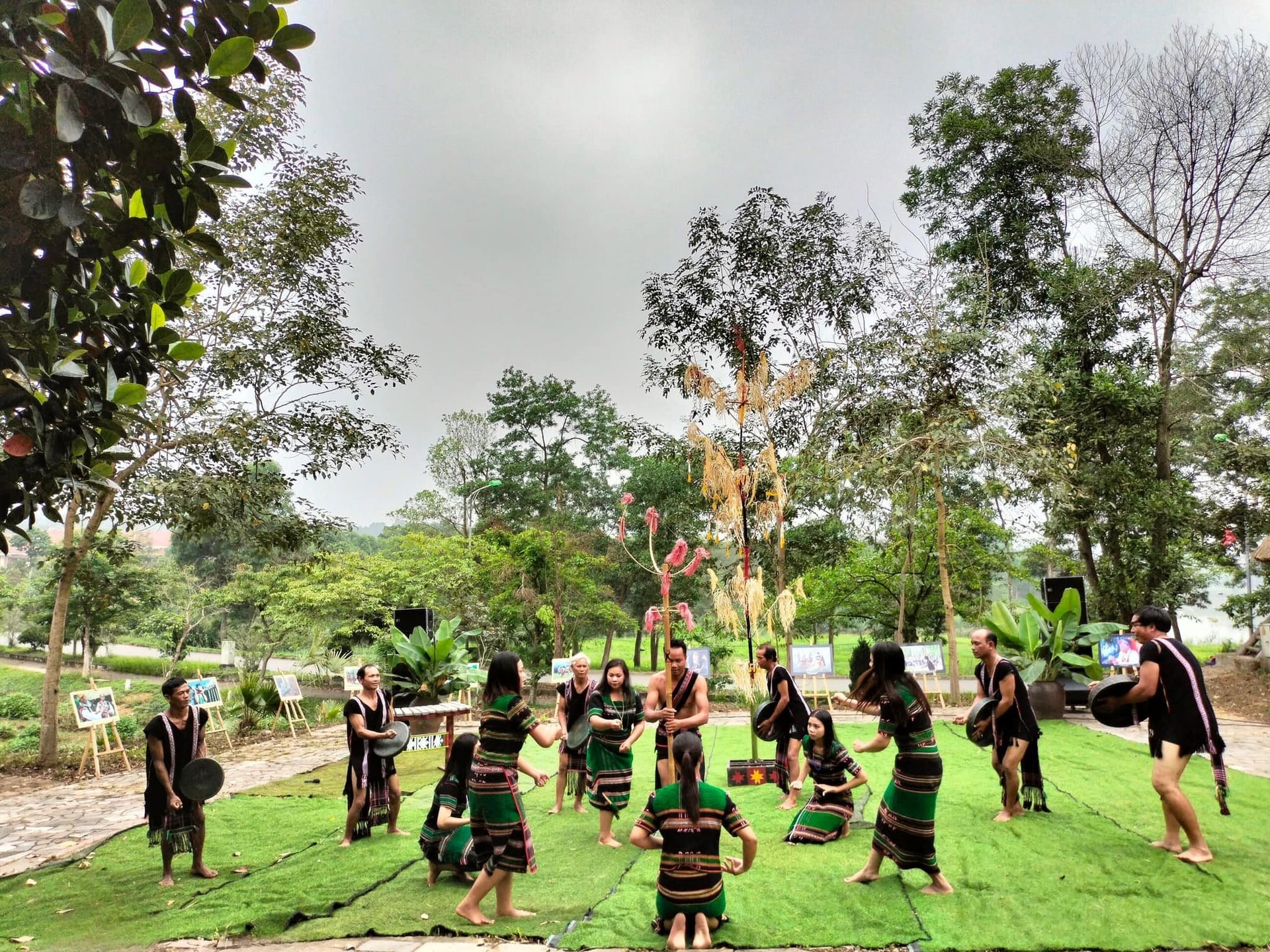
7. Art, Music, and Storytelling Traditions
Vietnamese cultural expression is rich and varied:
7.1. Traditional Arts
- Water puppet theater (Múa rối nước) – combines music, folklore, and rural themes
- Ca trù – ceremonial singing performed by female vocalists
- Hát Xoan, Hò Huế, and Quan họ – regional folk songs with deep historical roots
These art forms are not only for entertainment — they teach morals, history, and community values.
8. Vietnamese Cultural Practices in a Modern Context
Globalization, urbanization, and technology are reshaping Vietnam. Yet, many traditional practices endure — especially in family settings, rural areas, and during national holidays.
The Vietnamese government and communities have taken active steps to:
- Revitalize traditional festivals
- Teach folk songs in schools
- Support artisans in craft villages
- Register and protect intangible cultural heritage through UNESCO
These efforts ensure that Vietnam cultural practices remain relevant and respected in modern society.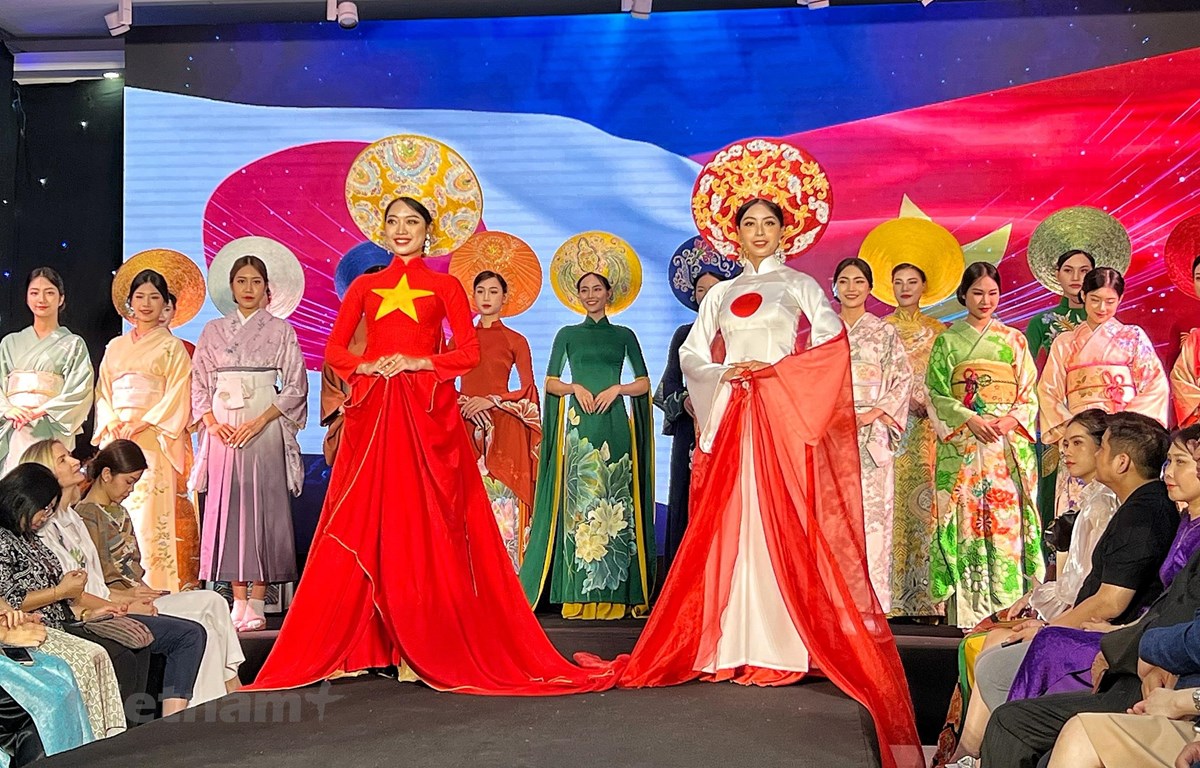
Why Foreigners Should Learn About Vietnam Cultural Practices
Understanding Vietnam cultural practices is essential for anyone who wants more than a tourist’s perspective. It allows you to:
- Avoid cultural faux pas (e.g., how to behave at an altar)
- Build meaningful relationships with locals
- Understand why people act the way they do
- Appreciate rituals and festivals more deeply
- See Vietnam not just as a destination — but as a civilization
Culture as a Living Legacy
Vietnam cultural practices are not remnants of a forgotten past — they are alive, evolving, and deeply woven into daily life. From the smallest gestures of respect to grand rituals of renewal and remembrance, these practices reflect a society rooted in gratitude, balance, and human connection with Vietnam Culture.
As a visitor, student, or admirer of Vietnam, engaging with these cultural practices respectfully and curiously offers you an experience far beyond checklists and photo ops. You step into the rhythm of a culture that has thrived through empires, colonization, war, and modernization — and continues to shine with quiet dignity and vibrant spirit.
So next time you’re invited to share a family meal, observe a Tet ritual, or receive a cup of tea from a stranger — embrace it. These are not just customs. They are the heartbeat of Vietnam.
See more post: Vietnamese family values: The heartbeat of Vietnam’s cultural identity

